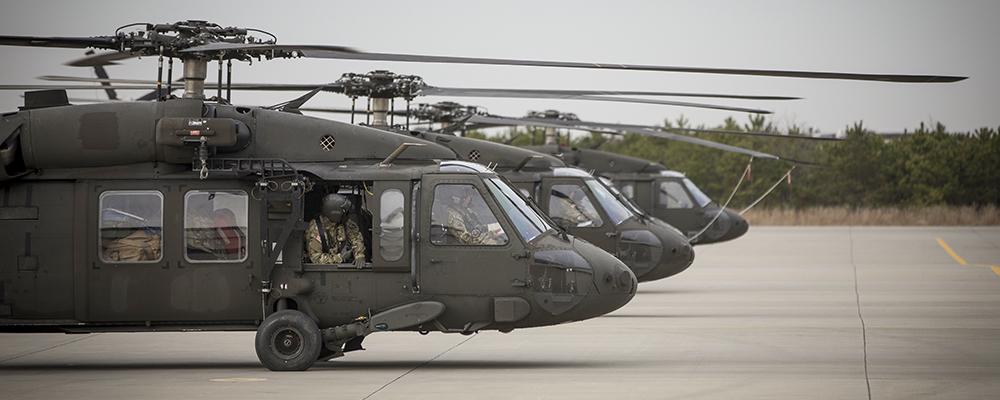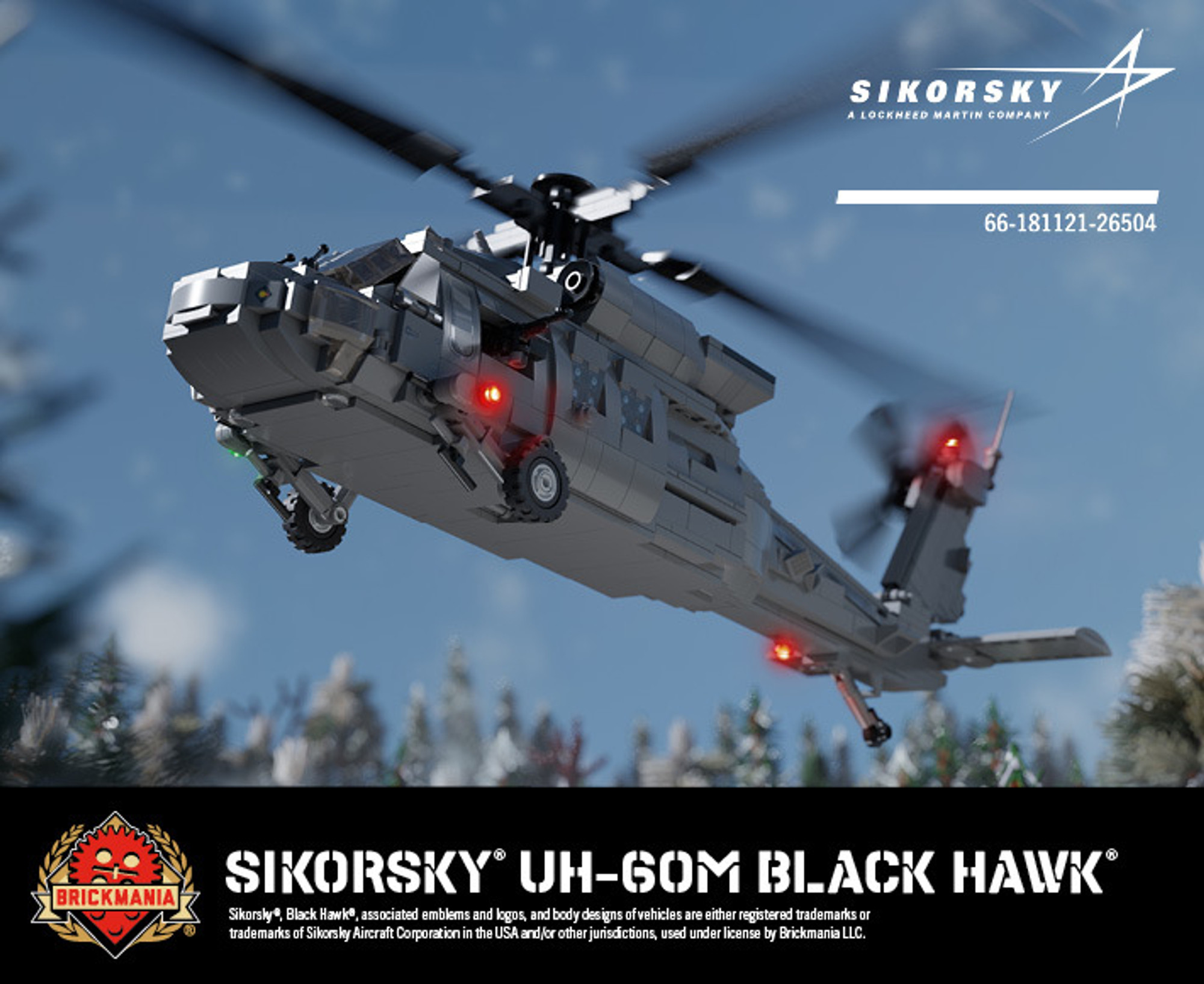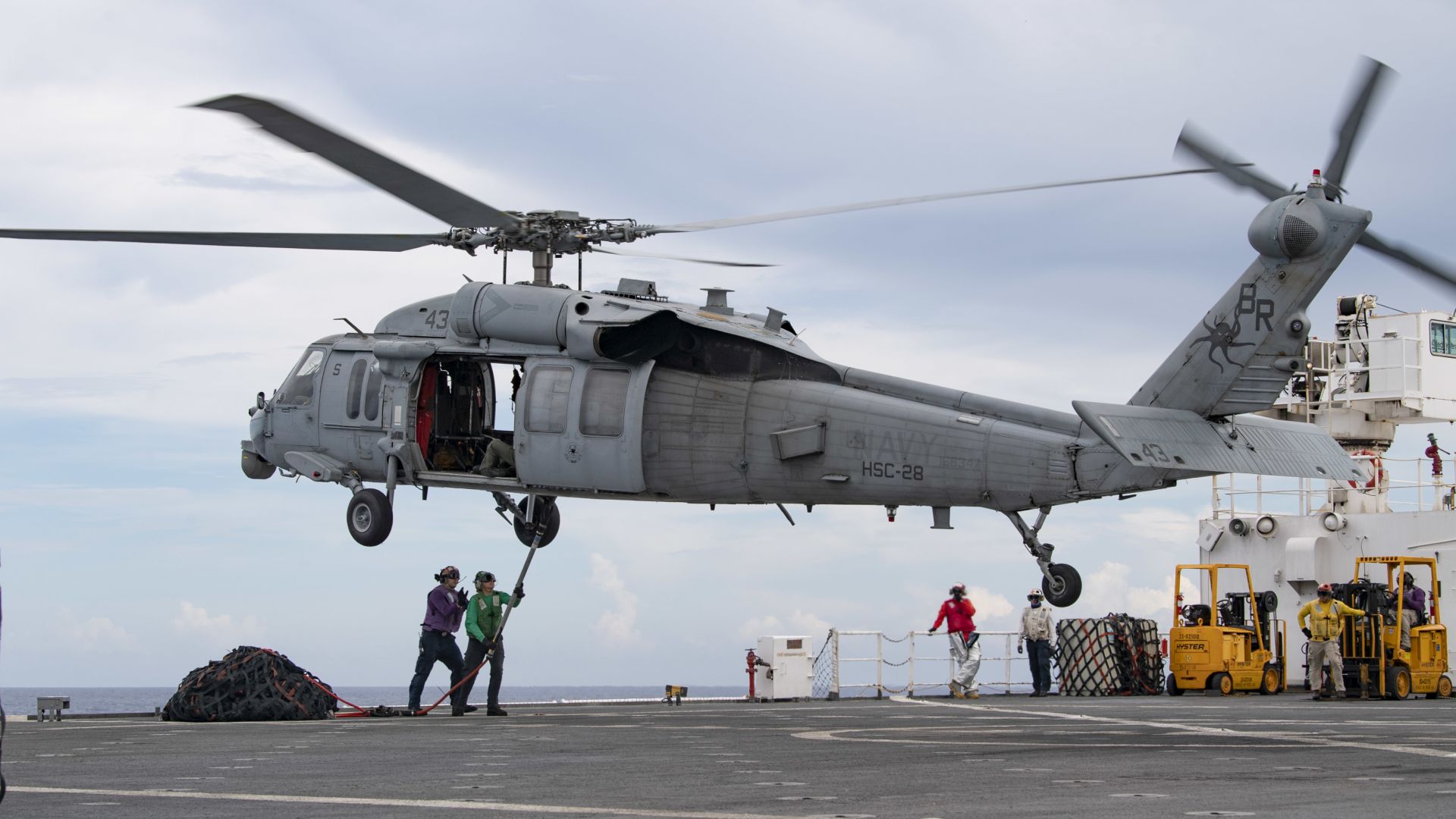Exploring the UH 60: A Look at Its Design, History, and Role in the Armed Forces
Every Little Thing You Required to Find Out About the UH 60 Helicopter
The UH-60 helicopter, a keystone of U.S. Military aviation because its launching in 1979, stands for an amazing mix of engineering and operational convenience. As military requirements progress, so too does the helicopter, with continuous advancements intended at enhancing its abilities and integrating modern-day technologies.
Background of the UH-60
Established in the late 1970s, the UH-60 Black Hawk helicopter arised as a reaction to the united state Military's requirement for a flexible energy helicopter that might do a selection of missions under challenging conditions. The inspiration for its layout was the imperfections identified in the earlier helicopters used during the Vietnam War, especially in terms of speed, maneuverability, and survivability.
The Black Hawk was designed by Sikorsky Airplane, including advanced innovations and materials to enhance its performance and sturdiness. It was officially introduced right into solution in 1979, swiftly ending up being a vital property for army operations - uh 60. Its ability to transport soldiers, clinical emptying, and logistical support in both fight and altruistic objectives made the Black Hawk a vital element of the U.S. Military's air travel fleet
Throughout the decades, the UH-60 has been continuously updated, adapting to the transforming nature of war and the progressing requirements of modern army procedures. Its operational background includes engagement in major conflicts, peacekeeping goals, and catastrophe relief initiatives, strengthening its credibility as a dependable and effective helicopter in various atmospheres worldwide.

Style and Specifications
The design of the UH-60 Black Hawk helicopter consistently reflects a commitment to operational effectiveness and convenience. Developed by Sikorsky Aircraft, this medium-lift utility helicopter includes a sleek, wind resistant fuselage that improves rate and maneuverability. Its tandem blades system, characterized by 2 counter-rotating blades, decreases resonance and increases lift ability, permitting for much safer procedures in diverse atmospheres.
The UH-60 is powered by 2 T700-GE-701C turboshaft engines, providing an optimum speed of about 180 knots and a variety of around 400 nautical miles. Its robust airframe is built from innovative composite materials, guaranteeing longevity while preserving a reasonably low weight. The helicopter has a maximum gross weight of concerning 22,000 extra pounds, supporting a flexible payload arrangement.

Roles and Objectives
A versatile system, the UH-60 Black Hawk helicopter serves a plethora of roles and missions within army operations. Made mainly for army transportation, it is qualified of carrying as much as 11 soldiers, making it an essential property for rapid implementation and logistical assistance.
Along with troop transportation, the UH-60 succeeds in medical discharge (MEDEVAC) objectives, furnished with sophisticated clinical equipment to offer essential care during transit. Its capability to run in varied settings boosts its effectiveness in battle search and rescue (CSAR) operations, where quick removal of personnel is vital.
The helicopter likewise plays a considerable function in reconnaissance and surveillance objectives, making use of onboard sensors and equipment to debrief. Its convenience expands to logistical assistance, qualified of moving products and equipment visit this website to forward operating bases.
In fight operations, the UH-60 can be furnished with numerous weapon systems, enabling it to give close air assistance. Its multi-role ability makes the Black Hawk a vital device for modern-day army forces, adapting flawlessly to the advancing needs of battlefield situations and guaranteeing objective success throughout an array of functional contexts.
Efficiency and Capacities
Recognized for its robust performance, the UH-60 Black Hawk helicopter boasts impressive capacities that enhance its functional efficiency throughout different missions. uh 60. This multi-role airplane is equipped with effective twin-engine Turbomeca Arriel 1D1 engines, providing exceptional speed and maneuverability, with an optimum cruise ship rate of approximately 150 knots and a functional array of around 400 maritime miles
The Black Hawk's advanced avionics and fly-by-wire control systems considerably boost flight security and handling, allowing it to operate in varied settings, including damaging weather. Its adaptability is further exhibited by its capability to carry as much as 11 totally outfitted troops or a payload of about 8,000 pounds, making it ideal for troop transportation, medical emptying, and logistical assistance missions.
Furthermore, the UH-60 is made for survivability, featuring strengthened airframes, ballistic defense for crew and guests, and progressed countermeasure systems to avert hazards. The helicopter's agility and rate, integrated with its ability for rapid implementation, make it an important possession in contemporary military procedures, guaranteeing that it stays a key aspect of tactical air assistance and battlefield wheelchair.
Future Dope

One considerable focus is the assimilation of innovative avionics systems, which will improve situational recognition via boosted navigating and interaction capabilities. This consists of the possible use fabricated knowledge to aid pilots in decision-making and mission planning.
Furthermore, future versions may include sophisticated products and style attributes to boost the helicopter's toughness and decrease its radar trademark, enhancing survivability in contested atmospheres.
The introduction of hybrid-electric propulsion systems is likewise coming up, intending browse around here to improve gas efficiency and lower logistical problems. Such advancements can expand operational variety and reduce the helicopter's ecological footprint.

Verdict
The UH-60 helicopter represents a significant advancement in armed forces aeronautics because its intro in 1979. The UH-60's withstanding visibility underscores its crucial duty in contemporary army operations and look at this now highlights the continuous evolution of military aviation technology.
The UH-60 helicopter, a cornerstone of United state Military aeronautics since its debut in 1979, represents a remarkable blend of design and functional flexibility. As military requirements advance, so too does the helicopter, with recurring developments intended at boosting its capabilities and integrating contemporary innovations.The design of the UH-60 Black Hawk helicopter regularly mirrors a commitment to functional efficiency and convenience. Established by Sikorsky Aircraft, this medium-lift utility helicopter features a smooth, aerodynamic fuselage that improves speed and maneuverability.The UH-60 helicopter represents a considerable innovation in army aeronautics since its introduction in 1979.